Dry Eyes and Screens: How to Spot and Protect Eyes from Screens
In today's digital world, screens are everywhere. We use them for work, study, and entertainment. But this constant screen time can lead to dry eyes and discomfort. Digital eye strain is a common issue. It effects many who spend hours in front of screens. Symptoms include dry eyes, headaches, and blurred vision. Understanding the link between screens and dry eyes is crucial. It helps in identifying the problem early. This knowledge can lead to effective solutions. Simple changes can make a big difference. Adjusting screen settings and taking regular breaks are key. These steps can provide much-needed relief.
Eye health is important for everyone. Whether you're an office worker or a student, protecting your eyes is essential. Awareness and proactive measures can prevent long-term issues. This guide will explore the connection between screens and dry eyes. It will offer practical tips for relief and prevention. Let's dive into how you can protect your eyes in the digital age.
What Does Dry Eyes Feel Like?

Dry eyes usually cause eye fatigue, a feeling of foreign bodies in the eyes, and dryness. Maybe you will get some symptoms when you wake up, but don't worry, you will know about knowledge right now as I will tell you at the bottom.
When Your Eyes Are Dry, Are You Falling Asleep?
Dry eyes don't necessarily mean you're falling asleep, but they can be a sign of dry eye disease, a condition that may make it harder to drift off or stay asleep through the night. This occurs when your eyes fail to produce enough tears or when tears evaporate too quickly, resulting in irritation and discomfort.
Why Are My Eyes So Dry When I Wake Up?
Feeling unwell often improves after a good night's sleep, but for some, waking up brings a different problem: dry, uncomfortable eyes.
It's natural to wonder: "I can understand dry eyes after a full day, but why do they feel dry right after waking up?"
The answer lies in the tear film, a thin layer that keeps your eyes moist and comfortable. It consists of oil, water, and mucin, and each blink during the day helps spread it evenly across the eye. At night, however, we blink far less, and some people even sleep with their eyes slightly open, causing moisture to evaporate. That's why eyes may feel dry, irritated, or even blurry in the morning.
To improve this, first check if you have dry eyes. If so, identifying the cause, whether it's lack of moisture, poor sleep habits, or environmental triggers, can help you find the right solution, like using eye drops or adjusting your bedtime routine.
How Do You Know If Your Eyes Are Dry?
According to statistics, 90% of people who spend more than three hours a day in front of LCD screens such as computers, tablets, and mobile phones suffer from dry eye syndrome to varying degrees. As a professional, how are your eyes? Take this test to find out how dry your eyes are!
1.Do you experience foreign body sensation, itching, burning, or fatigue in your eyes?
- A. Never
- B. Occasionally
- C. Frequently
2.How often do you take a break when working on a computer?
- A. About every hour
- B. Every 2–3 hours
- C. Even longer
3.Do your eyes ever become red or have bloodshot veins?
- A. Never
- B. Occasionally
- C. Frequently
4.Do your eyes frequently have eye discharge or sticky secretions?
- A. Never
- B. Occasionally
- C. Frequently
If you have 3 or more A's, you can close this page and go have fun.
If you have at least one C, you already tend to have symptoms of mild to moderate dry eye.
If you have 2 or more Cs, seek professional medical advice as soon as possible.
Understanding the Link Between Dry Eyes and Screens
Many wonder why screens cause dry eyes. The answer lies in how we use our eyes while staring at screens. We tend to blink less, which leads to eye dryness.
When you blink less, the tears on your eyes evaporate faster. This is because blinking spreads tears evenly over your eyes, keeping them moist. Less blinking means less moisture.

What Is Digital Eye Strain (Computer Vision Syndrome)?
Digital eye strain, also known as computer vision syndrome, affects many people who spend long hours on screens. It includes a range of symptoms caused by prolonged screen usage, often referred to as visual fatigue.
Common symptoms include headaches, blurred vision, dry eyes, and even neck and shoulder pain. These signs usually appear after two hours or more of screen time and can vary in intensity.
Why Do Screens Cause Dry Eyes?
Reduced Blinking and Tear Evaporation
Blinking helps keep our eyes moist and lubricated. When we focus on screens, our blinking rate drops drastically. This leads to more exposure to air, and tears evaporate faster. Such a reduction creates an imbalance in the tear film.
This imbalance results in dry and irritated eyes. Ensuring that you blink frequently when using screens can combat dryness.
Common Causes of Screen-Induced Dry Eyes
Spending long hours on digital screens can leave your eyes feeling dry, tired, and irritated. But what exactly is causing it? Here are some of the usual suspects behind screen-related dryness:
1.Reduced Blink Rate During Screen Time
When you focus on a screen, your blink rate naturally drops. Fewer blinks mean less tear coverage, and that leads to faster tear evaporation—and dry, scratchy eyes by the end of the day.
2.Dry Indoor Air and Air Conditioning
Working in air-conditioned rooms or dry environments makes things worse. These conditions suck moisture from your eyes, especially if you're already blinking less.
3.Poor Screen Ergonomics and Viewing Habits
Holding your screen too close, sitting at the wrong angle, or using poor lighting can all increase eye strain. Even screen brightness that's too high can force your eyes to work harder than they should.
4.Lack of Proper Eyewear for Screen Use
Not using the right eyewear—or skipping it altogether if you need vision correction—can strain your eyes even more. Good screen ergonomics and updated glasses can make a big difference.
5.Blue Light Exposure and Visual Fatigue
Most screens emit blue light, which doesn't directly cause dryness but definitely contributes to visual fatigue. It makes it harder for your eyes to stay focused, especially after hours of scrolling or typing. One simple way to reduce this strain is by using a blue light filtering monitor, like this 2K 144Hz gaming monitor, which helps cut down on harmful blue light while delivering sharp visuals and smoother performance, which is perfect for work or play.
Blue Light and Its Effects

Blue light emissions from screens can strain the eyes significantly. They can penetrate deep into the eye and disrupt vision. This light not only adds to digital eye strain but also contributes to dry eyes.
Here's how blue light effects eye health:
- Causes strain and fatigue
- Disrupts sleep patterns
- Leads to potential vision issues
- Increases glare
- Enhances tear evaporation
Reducing blue light exposure can aid in lessening dryness. Using blue light filters or specially designed glasses can be helpful. Adjusting the color temperature on devices also reduces blue light impact.
Common Symptoms of Dry Eyes to Watch For
Recognizing the symptoms of dry eyes is crucial for timely intervention. Common signs include persistent eye discomfort and blurry vision. Dry, itchy, or burning sensations are also indicators.
Digital eye strain often manifests through additional discomfort. Symptoms can include headaches and increased sensitivity to light. Pain in the neck and shoulders may occur as well.
Look out for these common symptoms:
- Persistent dryness or grittiness
- Red or irritated eyes
- Frequent tearing or watery eyes
- Difficulty focusing or blurred vision
- Light sensitivity and glare issues
If these symptoms persist, it might indicate underlying issues. Listening to your body and taking breaks can prevent symptoms from escalating. Early recognition allows for quick relief and prevention measures.
Who Is Most at Risk for Dry Eyes?

Digital eyes strain can affect anyone, but some groups are more vulnerable. People who spend over two hourson screens continuously are at higher risk. This includes office workers, students, and avid gamers.
Here are the most at-risk groups:
- Office employees with desk jobs
- Students who study online
- Gamers and tech enthusiasts
- Individuals with uncorrected vision problems
How to Prevent and Relieve Dry Eyes from Screens
Let's face it, most of us spend a huge chunk of our day staring at screens. Whether it's for work, scrolling through socials, or binge-watching shows, our eyes rarely catch a break. If you've ever felt that annoying dryness or burning sensation in your eyes after a long screen session, you're not alone.
The good news? There are simple, practical ways to ease the strain and keep your eyes feeling fresh. Here's how to stop dry eyes from screens before they slow you down.
Screen Habits That Actually Help Prevent Dry Eyes
First things first, your screen habits matter. A lot. If you're blinking less, staring too long, or never taking breaks, your eyes are probably screaming for help (silently, of course).
Here's how to treat them better:
- Try the 20-20-20 rule: Every 20 minutes, look at something 20 feet away for at least 20 seconds. It really helps your eyes reset.
- Blink more often: It sounds silly, but we tend to blink way less when staring at screens. Make it a habit to blink consciously.
- Give your eyes mini-breaks: Stand up, stretch, or just look out the window every now and then.
- Do a few eye exercises: Move your eyes around, focus on distant objects, or gently roll them, it helps reduce tension and dryness.
These tiny changes can make a big difference, especially if you're spending 8+ hours in front of a screen.
Ergonomic Tweaks to Cut Down on Eye Strain
Your workspace setup isn't just about comfort, it's also about protecting your eyes. Bad lighting, weird screen angles, and slouchy posture can all make your eyes work overtime.
Try this quick checklist:
- Keep your screen about an arm's length away, and slightly below eye level.
- Adjust your brightness and contrast so your screen doesn't feel like a spotlight.
- Use anti-glare filters or blue light glasses if you're sensitive to screen glare.
- Sit like your spine matters: Good posture helps reduce strain on your eyes, neck, and shoulders.
A few small adjustments can really upgrade your day-to-day comfort, and your eyes will thank you for it.
Make Your Space More Eye-Friendly
Dry air is the enemy of happy eyes, especially in office spaces blasting air conditioning or heat all day long. Luckily, this one's easy to fix.
Some quick tips:
- Use a humidifier to add some moisture back into the air.
- Avoid sitting directly under air vents, they'll dry out your eyes faster than you think.
- Set up soft, even lighting so your eyes aren't constantly adjusting.
Creating a cozy, eye-friendly environment doesn't take much, just a few thoughtful tweaks.

Eye Drops and Relief Products That Actually Work
Sometimes your eyes just need a little backup. That's where over-the-counter products come in handy, especially if you've been dealing with chronic dryness.
Here's what's worth trying:
- Preservative-free artificial tears for everyday hydration.
- Gel drops or ointments, these are great for longer relief, especially overnight.
- Moisture chamber glasses or warm compresses to lock in moisture and soothe irritation.
There's no one-size-fits-all, so find what works for your routine, and don't be afraid to switch it up until you land on something that works.
Simple Eye Exercises to Fight Off Visual Fatigue
Yes, your eyes need workouts too, especially after hours of screen time. The good news? These don't involve sweat or squats.
Here are a few to keep your vision sharp:
- Stick with the 20-20-20 rule, yes, we're saying it again because it works.
- Focus-switching: Shift your gaze from something up close to something far away every now and then.
- Slow eye rolls to ease tension.
- Intentional blinking to keep those tear glands happy.
Even just doing these a couple times a day can help reduce visual fatigue and dryness.
Lifestyle Changes for Long-Term Eye Health
Maintaining eye health requires conscious lifestyle choices. Regular hydration helps your body produce tears, keeping eyes moist. A nutritious diet supports overall eye function.
Incorporate these habits into your routine:
- Drink plenty of water each day
- Include leafy greens and fish for better eye nutrition
- Get regular sleep to support eye recovery
Physical exercise also contributes to your well-being. It improves circulation, which benefits eye health. These changes promote long-term comfort and sharpness in your vision. Adopting them is an investment in your future eye health.
When to See an Eye Care Professional
Persistent discomfort or vision changes warrant professional attention. Ignoring symptoms can lead to complications or vision problems. A timely visit ensures proper diagnosis and management.
Consult an eye care professional if you experience:
- Consistently blurred vision
- Persistent dry eye symptoms
- Eye pain or severe discomfort
Regular eye exams are crucial even without symptoms. They help detect potential issues early, safeguarding your eye health.
Dry Eyes FAQ
Q1: Can Dry Eyes Affect Your Vision?
A: Yes. Dry eyes may also lead to blurred vision or shaking vision, particularly during the reading process, screen displays, and driving.
Q2: Can Dry Eyes Cause Double Vision?
A: Uncharacteristic of double vision but a high degree of dryness may lead to short term impairments in the visual perception which may manifest itself in apparent doubling of vision.
Q3: Can Dry Eye Syndrome Cause Floaters?
A: No. Floaters have to do with the vitreous gel inside the eyes and have nothing to do with dry eyes.
Q4: Can Dry Eyes Cause Vitreous Detachment?
A: No. Vitreous detachment is not associated with dry eyes and it is age related.
Q5: Can Dry Eyes Cause Headaches?
A: Yes. Dry-eye strain, also known as the eyestrain, may result in tensions when using the screen lengthily.
Q6: Can Dry Eyes Cause Blindness?
A: Rarely. Although dry eyes are generally uncomfortable, unchecked severe cases trigger corneal damage, which causes blindness.
Q7: Does Crying Help Dry Eyes?
A: Temporarily, yes. Emotional tears can temporarily moisten the eyes but should not be considered as an effective and permanent therapy of dry eye.
Q8: What Is the Latest Therapy of Dry Eyes in 2025?
A: More novel regenerative approaches such as tear stimulating implants are currently being investigated to treat moderate to severe dry eye in 2025.
Conclusion
In today's digital age, our screens are indispensable, but they shouldn't come at the cost of our eye health. Taking proactive steps can greatly reduce the risk of discomfort and maintain vision health.
Implementing regular breaks, optimizing screen settings, and using eye care products are key. By making these conscious choices, we can enjoy our digital devices without compromising our eye well-being.





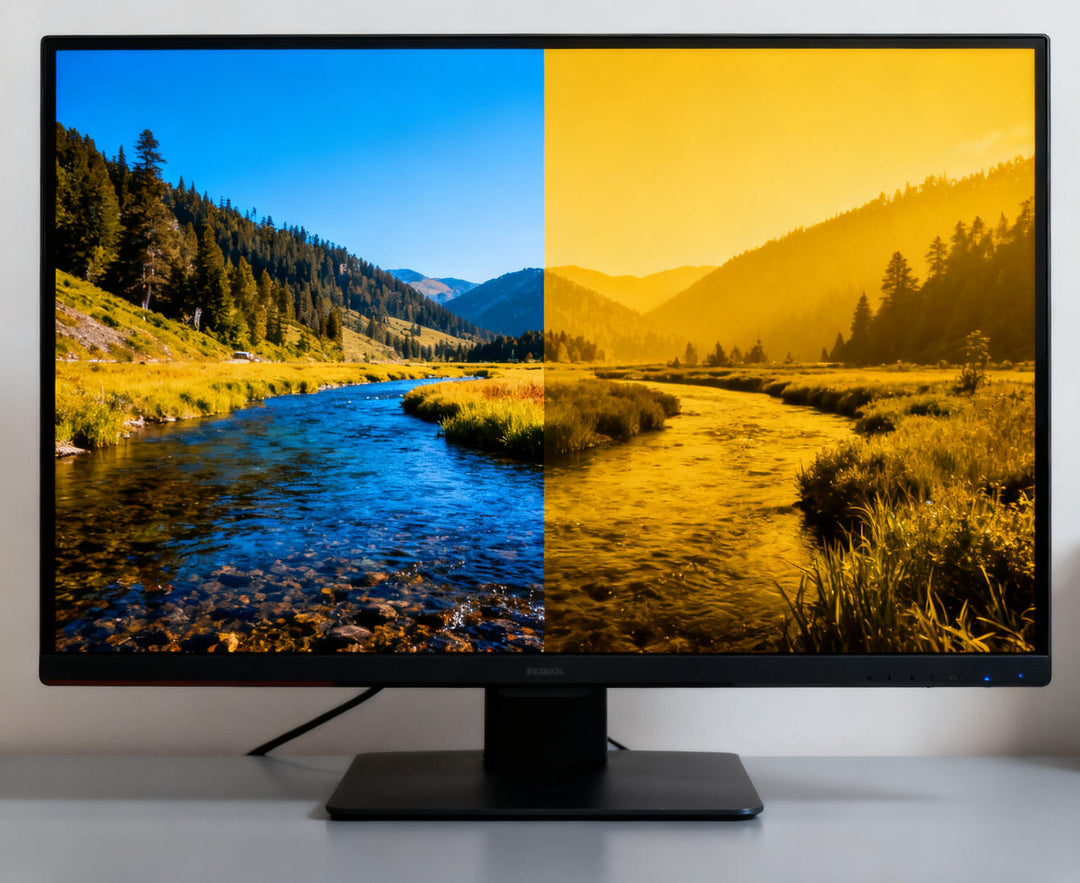
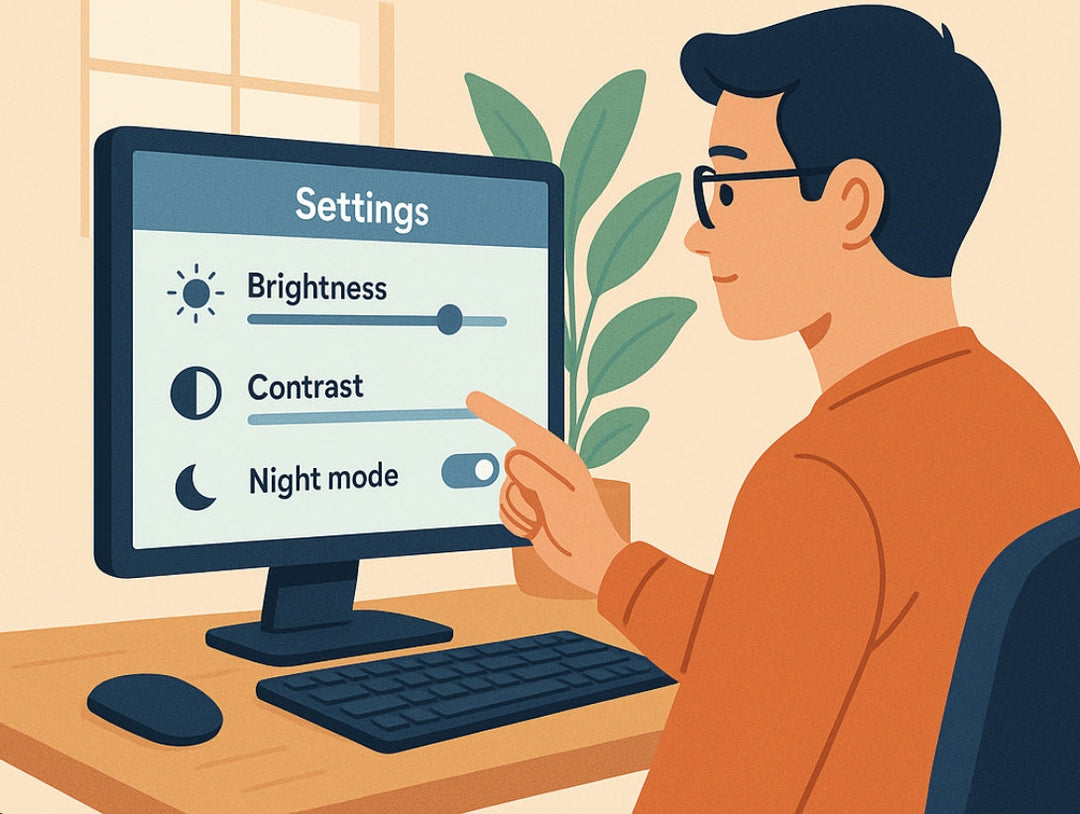
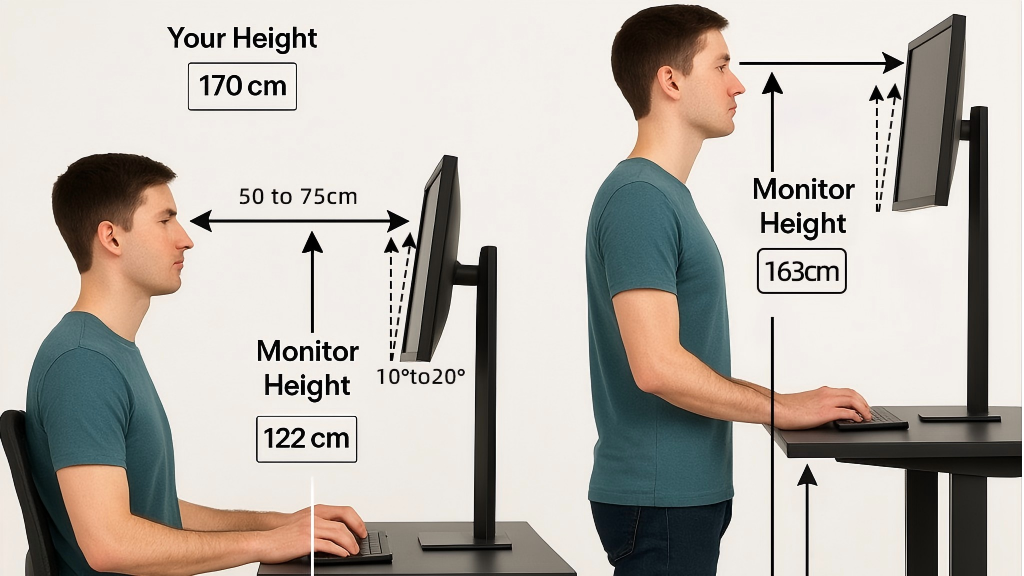
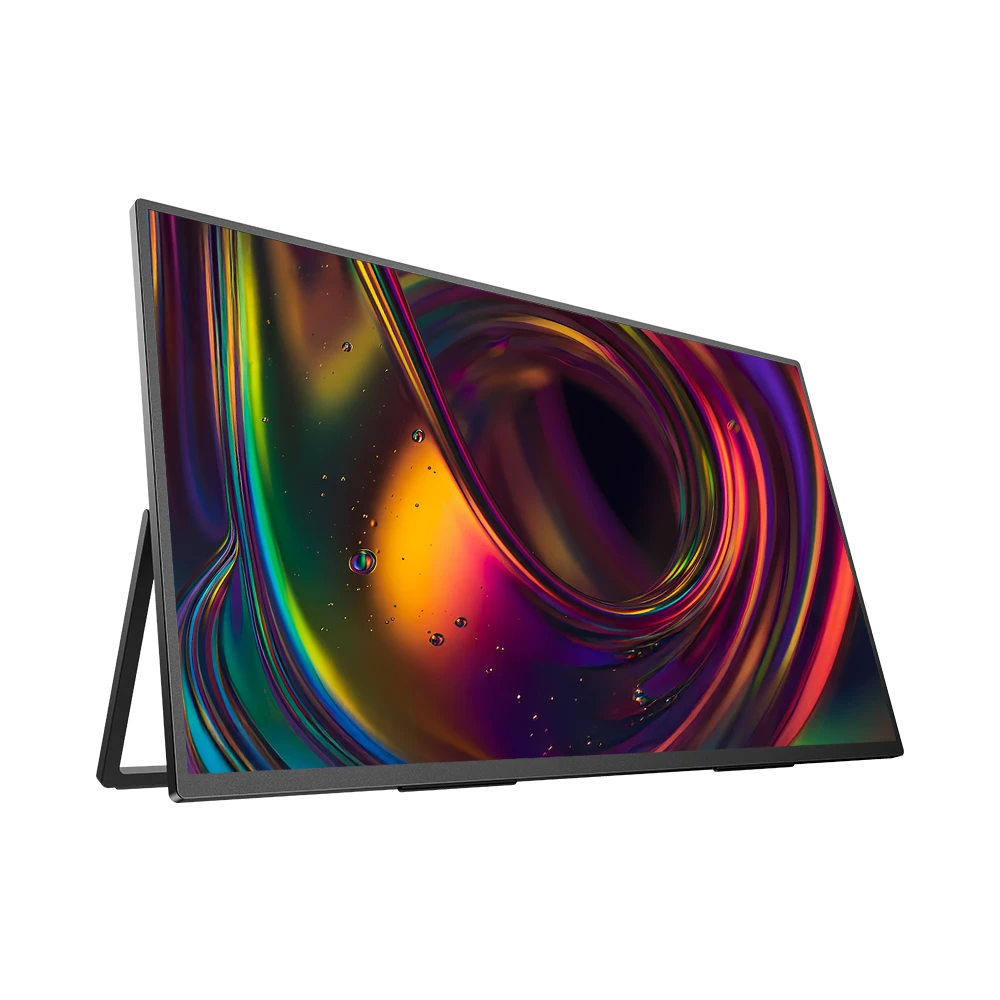
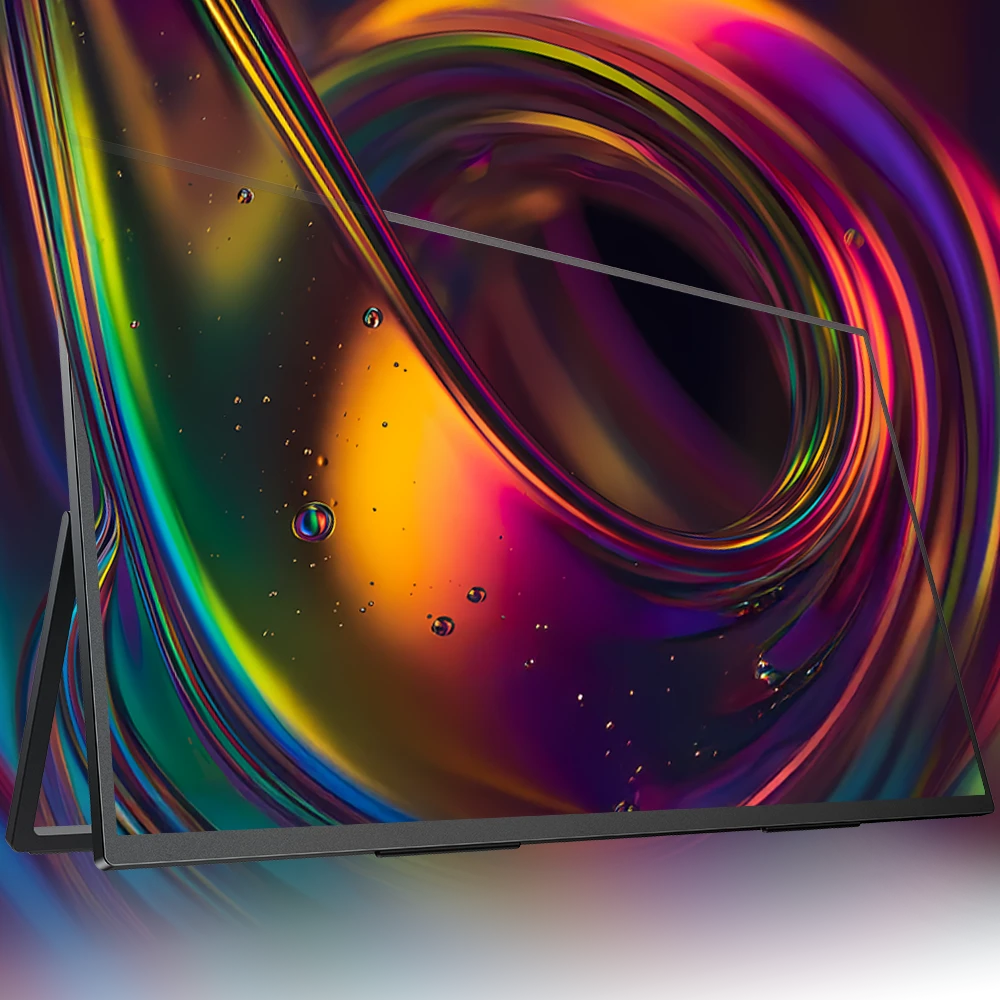
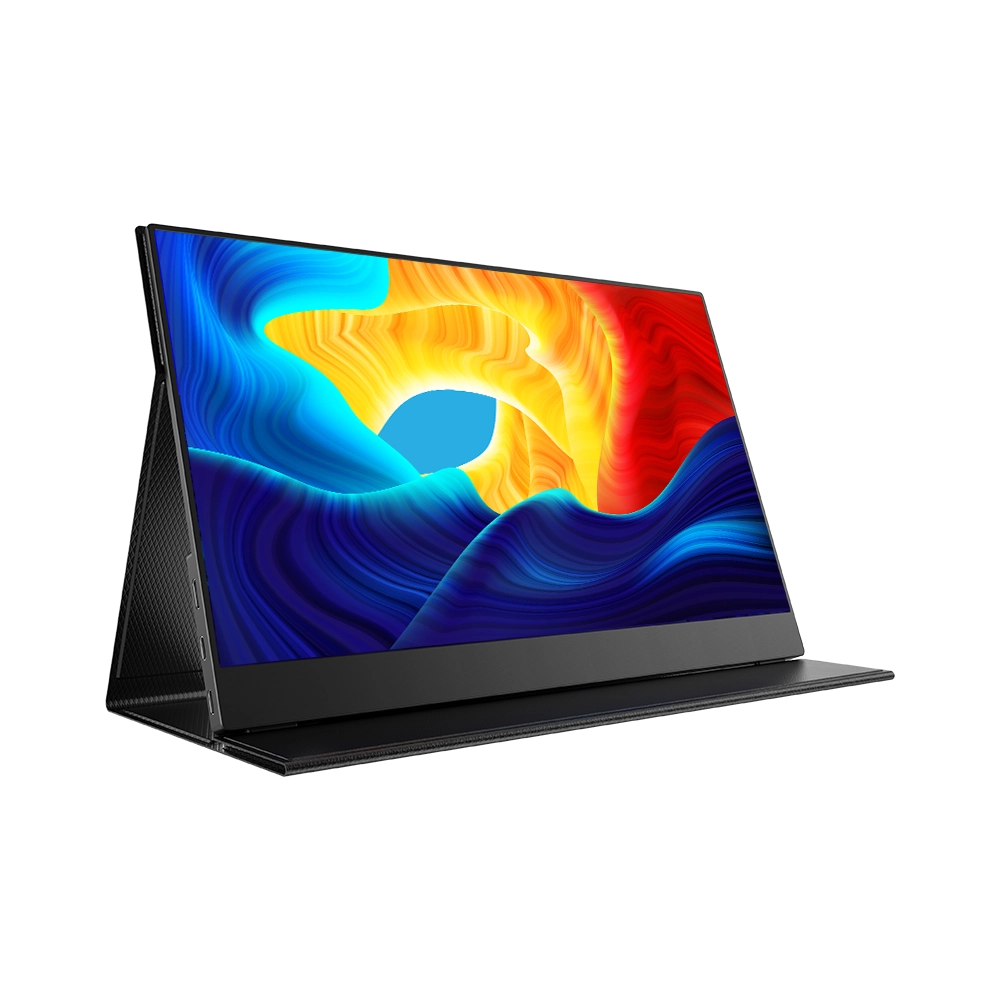
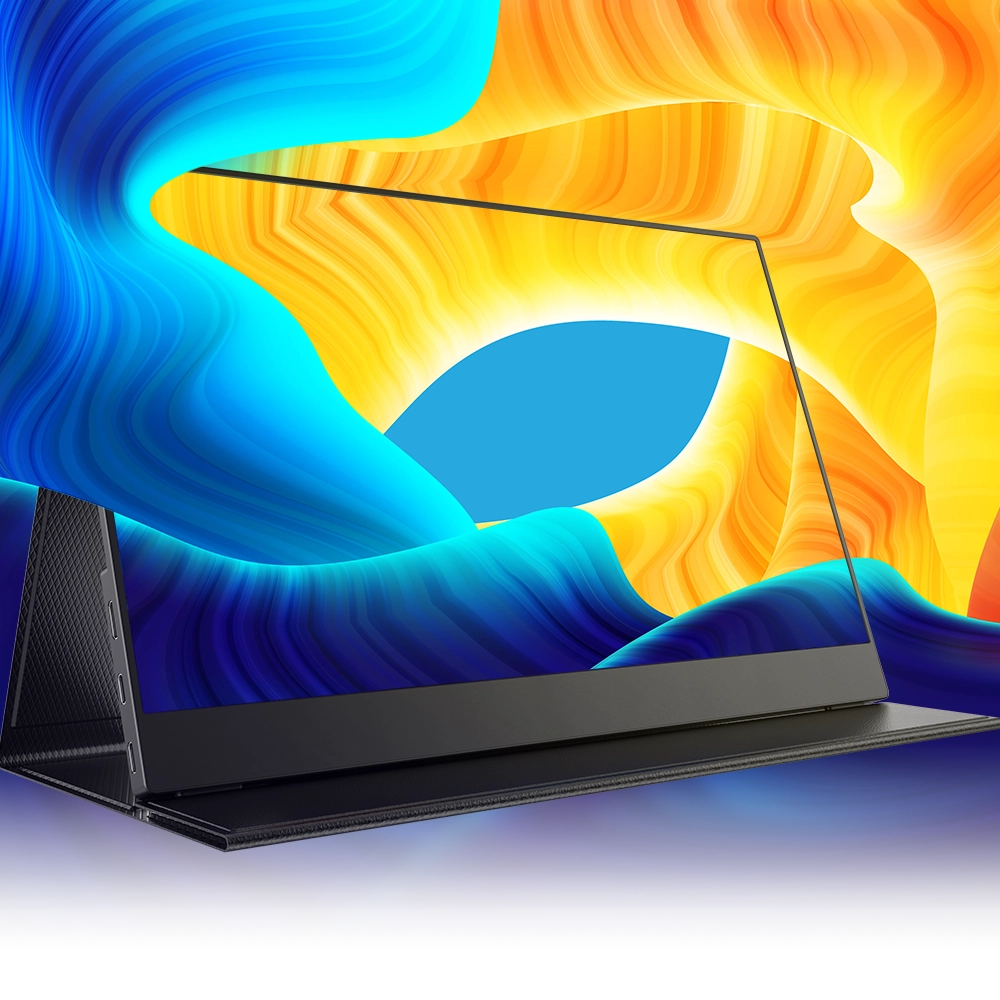
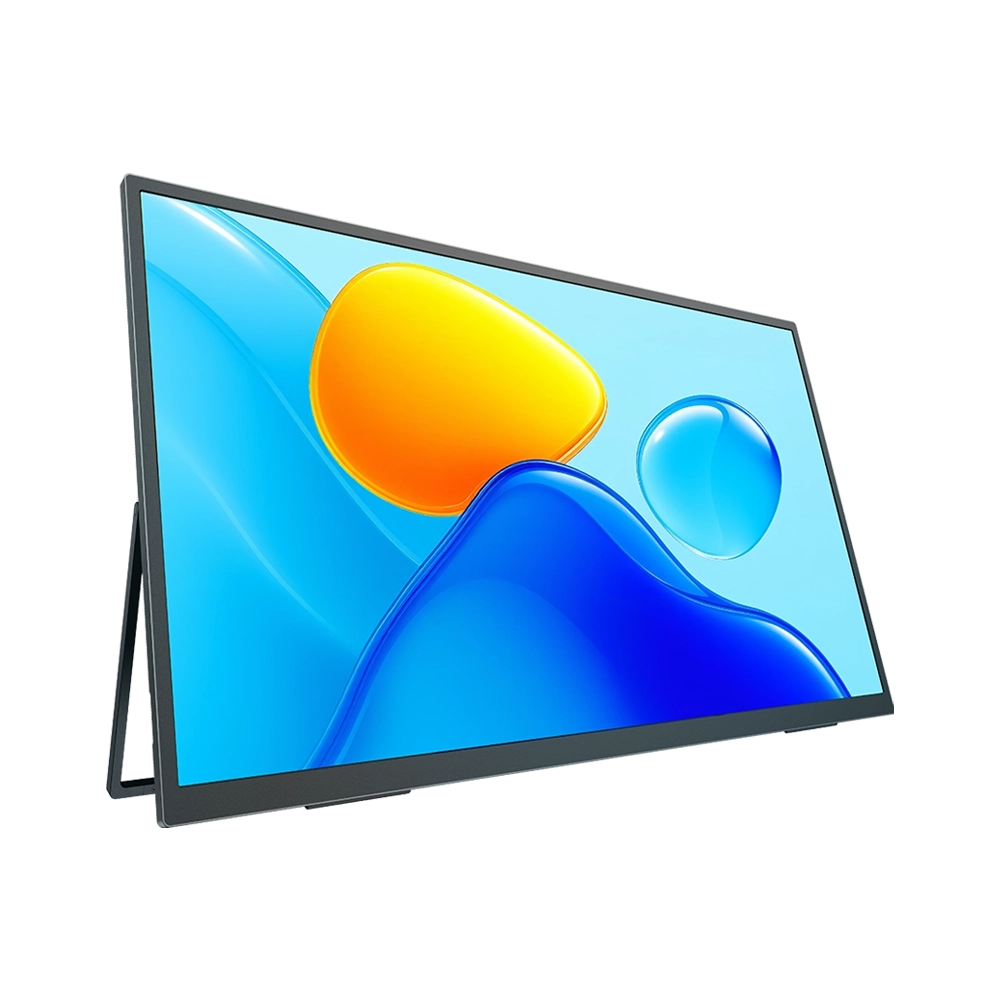
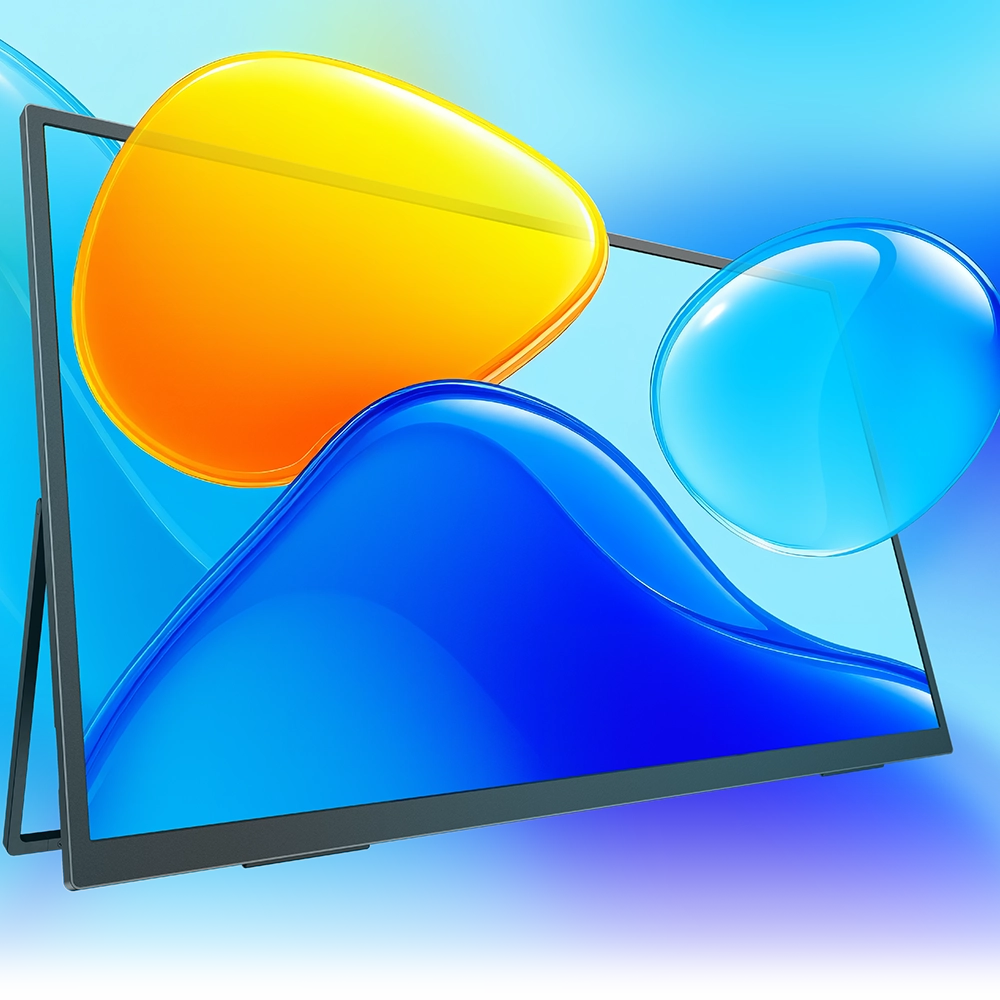
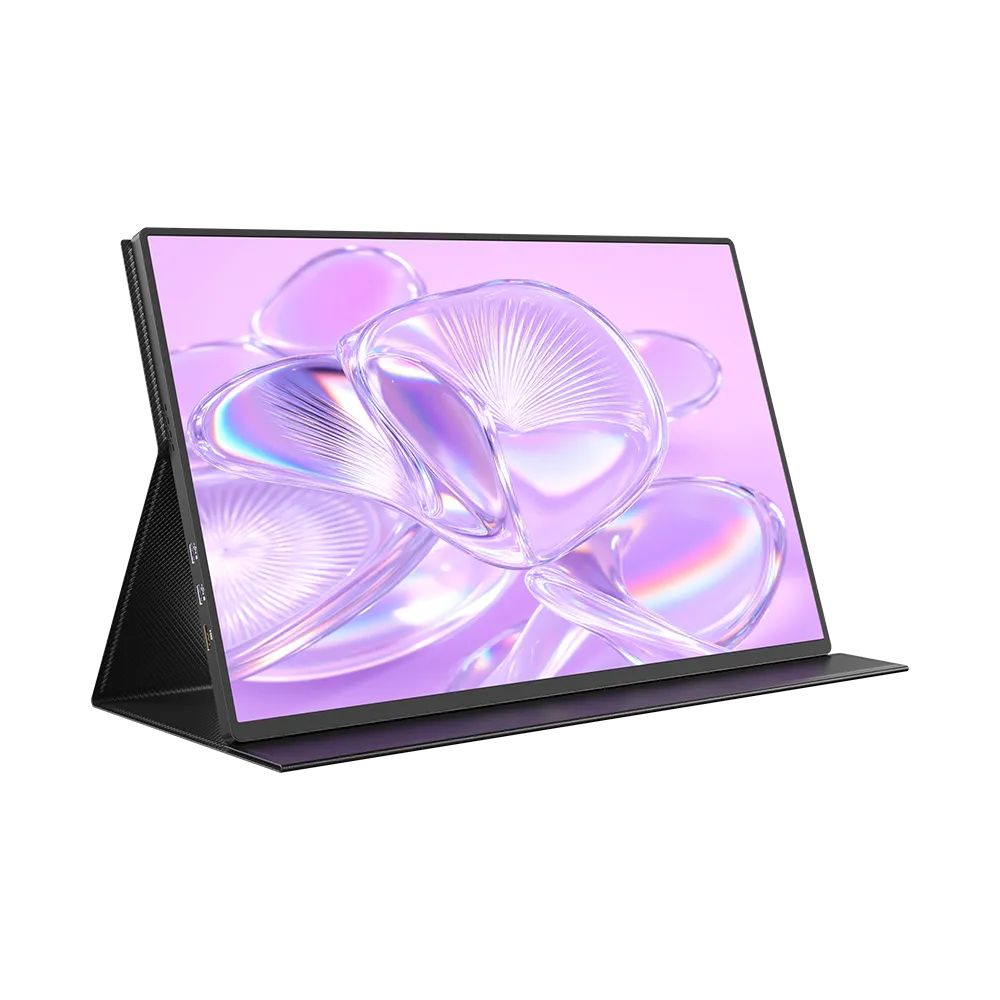
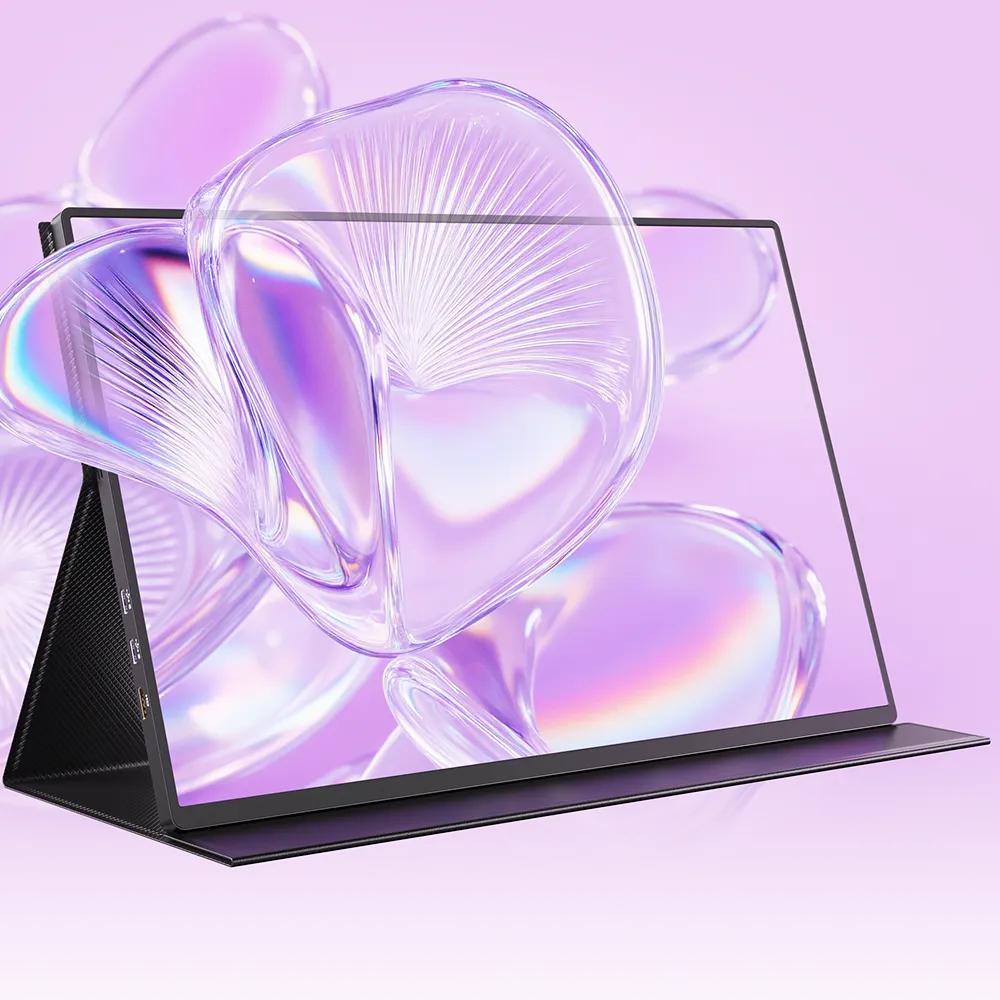

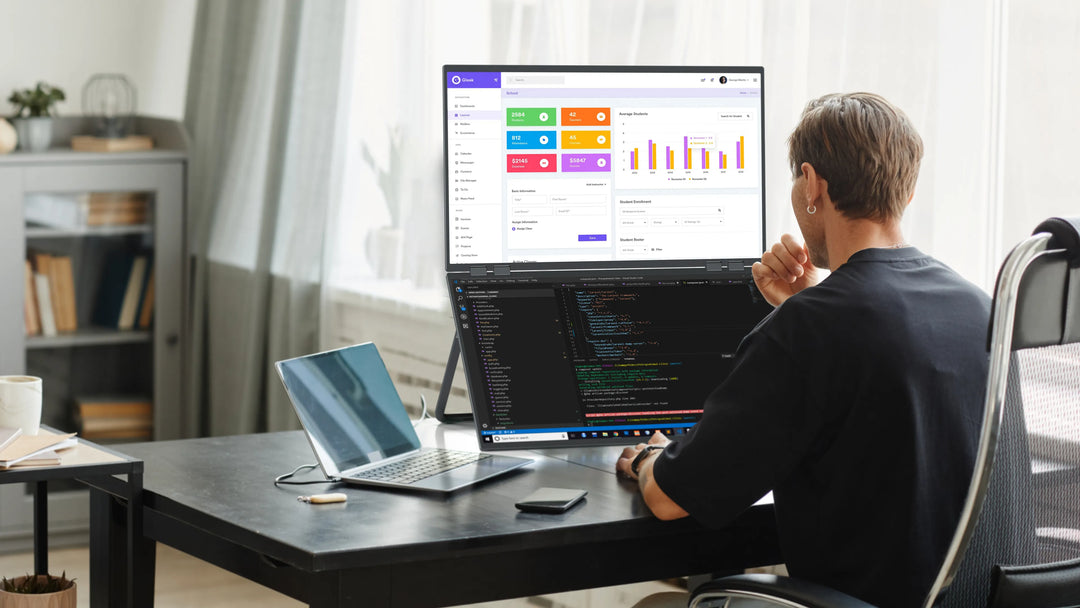

Leave a comment